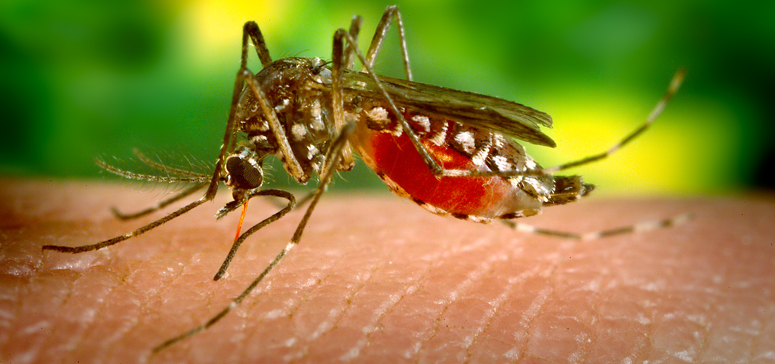
With the outbreak of COVID-19, the general public is getting more nervous and has gone through lots of sleepless nights as the infection numbers continue to rise.
In Hong Kong (900 miles from Wuhan), a large number of residents queued for hours or even stationed overnight outside of the pharmacies to purchase face masks. Besides, the streets in Beijing and Shanghai are almost deserted. Although many of the young generations may know the latest news associated with COVID-19, they may not understand other pandemics that happened in our world before. Here’s a brief explanation of the kind of pandemics happened before.

2002–03: Severe Acute Respiratory Syndrome (SARS)
It first happened in Guangdong, China, in November 2002. According to the World Health Organization, 8,098 people were infected in 29 countries; the death cases were about 774, with a rate of about 9 percent to 12 percent of those who were diagnosed. No drugs were powerful enough to cure this sickness. Epidemiologists concluded that isolation, quarantine, and contact tracing would stall the spread of the disease. There were also smaller outbreaks that happened in 2004 and 2005.

Researchers discovered that horseshoe bats in Yunnan province might be the originators of the virus, while civet cats solely acting as the agent between bats and humans. SARS also lives on in labs such as the Institut Pasteur, in Paris, which lost more than 2,000 vessels comprising the virus in 2014.

2003–07: H5N1, or "Bird Flu"
It first happened in Guangdong Province of China in 1996. In late 2003, H5N1 cases in animals occurred in Korea, China, Thailand, and Vietnam when the infected chickens had been used to feed the animals. Another reason is that the migratory birds, which carried H5N1 over borders. Due to these reasons, this flu pass from person to person.
The death rate is as high as 60% with a total of about 300 death cases across the world. Antiviral oseltamivir (Tamiflu) is recommended by the WHO to be used in the treatment and prevention of human H5N1 disease. According to the experts, H5N1 may have mutated and become extremely pathogenic to avians, but less threatening to humans. Lately, in November 2019, the lab result for the crows that died altogether in India is also positive for H5N1.

2009: H1N1, “Swine flu”
The WHO formally declared a pandemic on 11th June 2009. However, in March and April of the same year, Mexico already had 900 suspected cases with 60 suspected deaths. This pandemic also spread to the United States of America, whereby more than 30 summer camps had been reported to be affected.
During this outbreak, the world citizens were living in fear. For example, Egypt commanded 300,000 pigs killed. Besides, there was an unusually high number of patients in the emergency room at St. Luke’s, New York because most of them were scared that they had flu. Mexican colleges cancelled their summer programs. There were also unethical activities, whereby the scammers sold shampoos and hand sprays that are supposed to defend against H1N1. Luckily, the virus did not mutate to a more mortal form and finally, the WHO announced the end of the pandemic in August 2010. It is estimated that at least 300,000 death cases.

2012–present: MERS: Middle East respiratory syndrome
MERS-CoV was first identified in Saudi Arabia in 2012. According to research, camels serve as intermediaries between bats and humans. MERS-CoV can be transmitted by eating camel meat, drinking raw camel milk or by simple proximity between camels and humans.
The mortality rate is as high as 35 percent, with the involvement of 27 countries, 2,494 people confirmed cases and 858 deaths. MERS patients may have mild symptoms such as gastrointestinal symptoms and he or she may have MERS-CoV without knowing it.

2013–16: Ebola
The outbreak of the Ebola virus resulted in 28,600 confirmed cases and 11,325 deaths, mostly in Guinea, Sierra Leone, and Liberia. A wildlife epidemiologist and his team hypothesized that Emile, the first victim may have suffered the disease after playing in a hollow tree where bats also roosted.
According to public health researchers, this Ebola outbreak might result in significantly increased mortality rates from tuberculosis, HIV/AIDS, and malaria. Sadly, there was also a new outbreak of Ebola that happened In August 2018 and it is not related to the one that ended in 2016.

2015–16: Zika, transmitted by ZIKV (the Zika virus)
ZIKV is a virus spread by Aedes aegypti mosquitoes. It was first identified in 1947 but held media attention with the outbreak that happened in 2015 in Brazil. ZIKV can cause stillbirth, preterm birth, Guillain-Barré Syndrome, and congenital Zika syndrome (CZS) in infants whose mothers are infected by a mosquito or via sexual transmission. Conditions of CZS include microcephaly (head is smaller than normal), impaired vision and hearing, mental disabilities, and shortened limbs. The 2016–17 outbreak resulted in 3,720 confirmed cases of CZS in affected children.

Looking at all these pandemics, what comes to your mind first?





